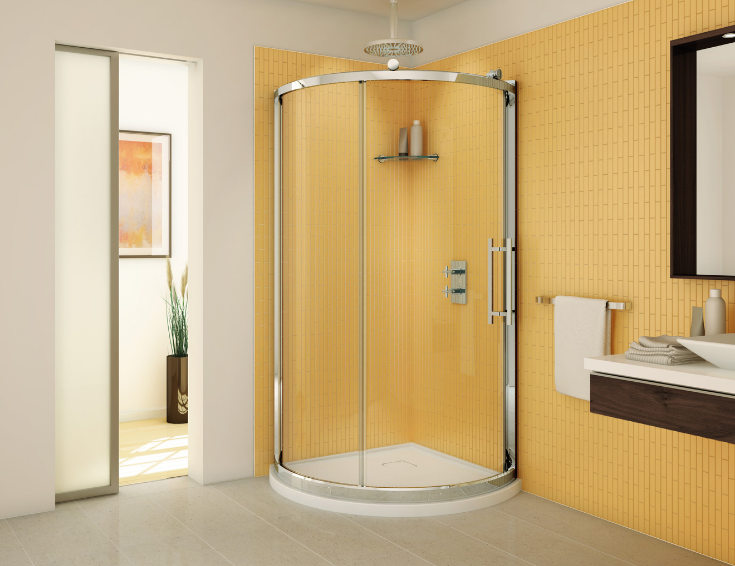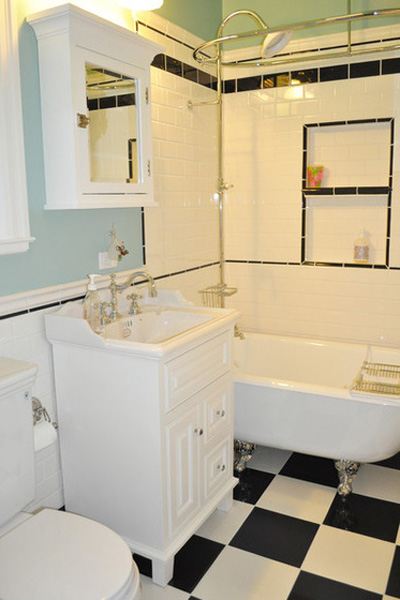5 Acrylic Bathroom Problems and Solutions
5 Acrylic Bathroom Problems and Solutions
Blog Article
{This Post How do you really feel on the subject of 6 Things to Know About When Hiring a Plumbing Services? We recommend that you clean your acrylic bathing product made of Delta ProCrylic or Acrylic with Innovex Technology with non-abrasive soaps and cleaners, such as: When it’s time to clean, always use a terry cloth towel, soft cloth or sponge to avoid scratching the acrylic surface. Don’t use abrasive scrubbing pads, steel wool or sponges, cause permanent damage to the acrylic material. If you use a drain cleaner or clog remover, be sure to rinse thoroughly with water so no product is left standing near the drain. Some chemicals and cleaners may deteriorate acrylic surfaces, causing cracks and, potentially, property damage. To avoid this, don’t use cleaning products that state on their label that they are not suitable for use on Acrylic, ABS, Polystyrene or Plastic. Be sure to check the label of any product before you apply it to the surface; it’s easier to avoid damage than to try to remedy it. Chemicals we do not recommend using to clean acrylic showers/tubs: When you’re ready to apply sealant, a little planning goes a long way. Pick up some painter’s tape and use it to mask off the seam to help make cleaning up easier. When you’re applying the bead, use a constant, steady speed to avoid an uneven finish. Use a caulk tool or a plastic spoon to work the sealant into the joint. Wetting the tool with denatured alcohol will help create a smooth finish. Follow the directions on the back of the tube for cure time. Certain chemicals and cleaners may deteriorate acrylic surfaces, causing cracks and, potentially, property damage. After you’re finished applying it, clean up the product surface and remove any excess sealant with denatured alcohol. Don’t use solvents (turpentine, lacquer thinner, mineral spirits, paint thinner, MEK, xylene, acetone, naphtha, etc.) that can wreak havoc on an acrylic surface. With a little care and consideration, you can prevent damage to your acrylic shower or tub. Keep a supply of soft cloths handy and remove any damaging products or abrasive scrubbing items from the bathroom to ensure they aren’t around when it’s time to clean. https://www.deltafaucet.com/design-innovation/inspiredliving/how-to-clean-acrylic-shower I'm very taken with Hiring a Plumbing Expert and I really hope you appreciated the entire article. Are you aware of somebody else who is fascinated by Finding the Right Plumbing Expert? Do not hesitate to share it. Thanks for your time. Don't hesitate to check our blog back soon.
Acrylic baths, shower trays, and various other acrylic washroom ware have actually come to be much more typical in bathrooms in current times. Thanks to modern-day chemistry we currently have alternatives to enamel and also ceramic materials for restroom fixtures. These include various polers and plastic products. Not as classy and also sturdy as enamel and also porcelain bathrooms and also components, they are a lot more cost effective as well as serve pretty much the exact same fundamental objective. These products are very easy to make, store, as well as transport and also in the incidence of damage, they are conveniently repaired. Some usual examples of damages to acrylic restroom components consist of staining, cracks, holes, and so on. Let's have a look at some of these issues as well as quick ways of fixing them.Bathroom Discoloration
With long term use acrylic bathrooms comes staining or staining. While some stains can be gotten rid of quickly, using unique chemicals, others require that the bath be resprayed. It is essential to keep in mind that bleach or cleaning agents do extremely little in eliminating such discoloration and also they might even aggravate it. A lot of times, these cleansing agents cause staining in time. Aromatherapy oils loosen the dirt in many cases therefore recovering the bathroom to its previous splendor. Cleansing as well as polishing also in some cases. For even more persistent spots, you will certainly need a new layer of layer. This sort of dealing with will require a specialist.Chemical Reactions
Often, individuals attempt to repaint the entire surface area of their acrylic bathroom by themselves either because they do not such as the shade to conceal blemishes. Nonetheless, when they do not like the result, they use paint cleaners. You need to never ever make use of paint remover on acrylic baths. Although paint eliminators do not respond with the surface of metal baths, they destroy acrylic bathrooms irreversibly. This creates much more benefit the specialist. The best strategy below is to call a specialist for aid with replacing the bath.Scraped shower or bathroom surface area
Acrylic restroom fixtures are not abrasion-resistant like enamel selections. They are a lot more susceptible to scratches and also less durable. Being a really soft product, acrylic scrapes can also be concealed without covering or filling. For these, you should seek professional help for your bathroom fixings. As a prevention tip, stay clear of making use of rough sponges when cleaning. Instead, you must use a basic fluid cleanser with a soft pad.Split Acrylic Baths
The life expectancy of acrylic and also fiberglass baths is up to 15-20 years for shower pans as well as bathrooms, generally. Splits in an acrylic shower tray are possibly amongst the most convenient troubles to fix for a repair specialist. The best part is you reach see the outcomes virtually quickly. This coincides for PVC, material, as well as various other such products. A minute fracture should be addressed on time before it spreads out more causing a lot more severe damage. While these can be chosen a budget plan tackily, a specialist can help you get it finished with more skill for a fee. Quick house solutions can be finished with epoxy materials but if the result ends up poorly, this would certainly make the repair extra challenging for an expert.
Polymer baths, shower trays, as well as other acrylic bathroom ware have actually come to be extra usual in shower rooms in recent times. With long term usage of acrylic baths comes staining or staining. You must never make use of paint eliminator on acrylic baths. Paint eliminators do not react with the surface area of steel baths, they ruin acrylic bathrooms irreversibly. The life expectancy of acrylic and also fiberglass bathrooms is up to 15-20 years for shower frying pans and bathrooms, typically.How to clean Acrylic shower
USE THESE NON-ABRASIVE CLEANERS
DO NOT USE THESE CLEANERS
Sealant Application Tips

Learn More